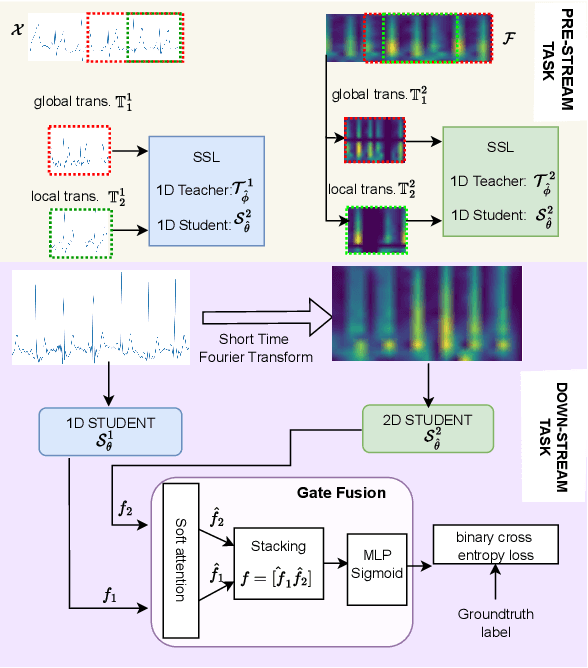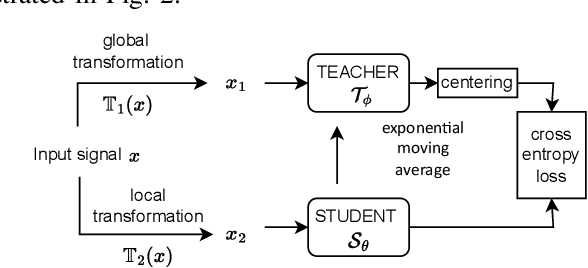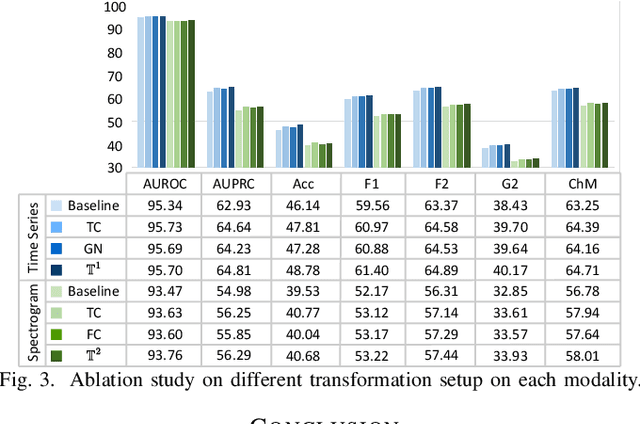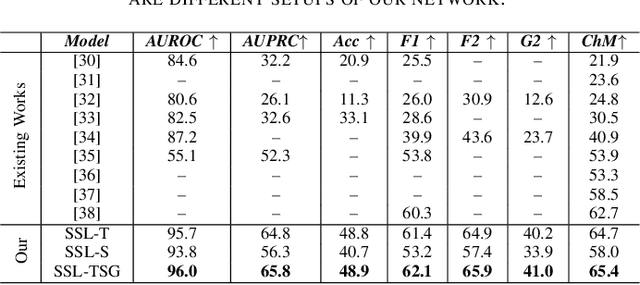Jingxian Wu
An Adversarial-Driven Experimental Study on Deep Learning for RF Fingerprinting
Jul 18, 2025Abstract:Radio frequency (RF) fingerprinting, which extracts unique hardware imperfections of radio devices, has emerged as a promising physical-layer device identification mechanism in zero trust architectures and beyond 5G networks. In particular, deep learning (DL) methods have demonstrated state-of-the-art performance in this domain. However, existing approaches have primarily focused on enhancing system robustness against temporal and spatial variations in wireless environments, while the security vulnerabilities of these DL-based approaches have often been overlooked. In this work, we systematically investigate the security risks of DL-based RF fingerprinting systems through an adversarial-driven experimental analysis. We observe a consistent misclassification behavior for DL models under domain shifts, where a device is frequently misclassified as another specific one. Our analysis based on extensive real-world experiments demonstrates that this behavior can be exploited as an effective backdoor to enable external attackers to intrude into the system. Furthermore, we show that training DL models on raw received signals causes the models to entangle RF fingerprints with environmental and signal-pattern features, creating additional attack vectors that cannot be mitigated solely through post-processing security methods such as confidence thresholds.
Multi-Carrier Modulation: An Evolution from Time-Frequency Domain to Delay-Doppler Domain
Aug 03, 2023



Abstract:The recently proposed orthogonal delay-Doppler division multiplexing (ODDM) modulation, which is based on the new delay-Doppler (DD) domain orthogonal pulse (DDOP), is studied. A substantial benefit of the DDOP-based ODDM or general delay-Doppler domain multi-carrier (DDMC) modulation is that it achieves orthogonality with respect to the fine time and frequency resolutions of the DD domain. We first revisit the family of wireless channel models conceived for linear time-varying (LTV) channels, and then review the conventional multi-carrier (MC) modulation schemes and their design guidelines for both linear time-invariant (LTI) and LTV channels. Then we discuss the time-varying property of the LTV channels' DD domain impulse response and propose an impulse function based transmission strategy for equivalent sampled DD domain (ESDD) channels. Next, we take an in-depth look into the DDOP and the corresponding ODDM modulation to unveil its unique input-output relation for transmission over ESDD channels. Then, we point out that the conventional MC modulation design guidelines based on the Wely-Heisenberg (WH) frame theory can be relaxed without compromising its orthogonality or without violating the WH frame theory. More specifically, for a communication system having given bandwidth and duration, MC modulation signals can be designed based on a WH subset associated with sufficient (bi)orthogonality, which governs the (bi)orthogonality of the MC signal within the bandwidth and duration. This novel design guideline could potentially open up opportunities for developing future waveforms required by new applications such as communication systems associated with high delay and/or Doppler shifts, as well as integrated sensing and communications, etc.
Multimodality Multi-Lead ECG Arrhythmia Classification using Self-Supervised Learning
Sep 30, 2022



Abstract:Electrocardiogram (ECG) signal is one of the most effective sources of information mainly employed for the diagnosis and prediction of cardiovascular diseases (CVDs) connected with the abnormalities in heart rhythm. Clearly, single modality ECG (i.e. time series) cannot convey its complete characteristics, thus, exploiting both time and time-frequency modalities in the form of time-series data and spectrogram is needed. Leveraging the cutting-edge self-supervised learning (SSL) technique on unlabeled data, we propose SSL-based multimodality ECG classification. Our proposed network follows SSL learning paradigm and consists of two modules corresponding to pre-stream task, and down-stream task, respectively. In the SSL-pre-stream task, we utilize self-knowledge distillation (KD) techniques with no labeled data, on various transformations and in both time and frequency domains. In the down-stream task, which is trained on labeled data, we propose a gate fusion mechanism to fuse information from multimodality.To evaluate the effectiveness of our approach, ten-fold cross validation on the 12-lead PhysioNet 2020 dataset has been conducted.
 Add to Chrome
Add to Chrome Add to Firefox
Add to Firefox Add to Edge
Add to Edge